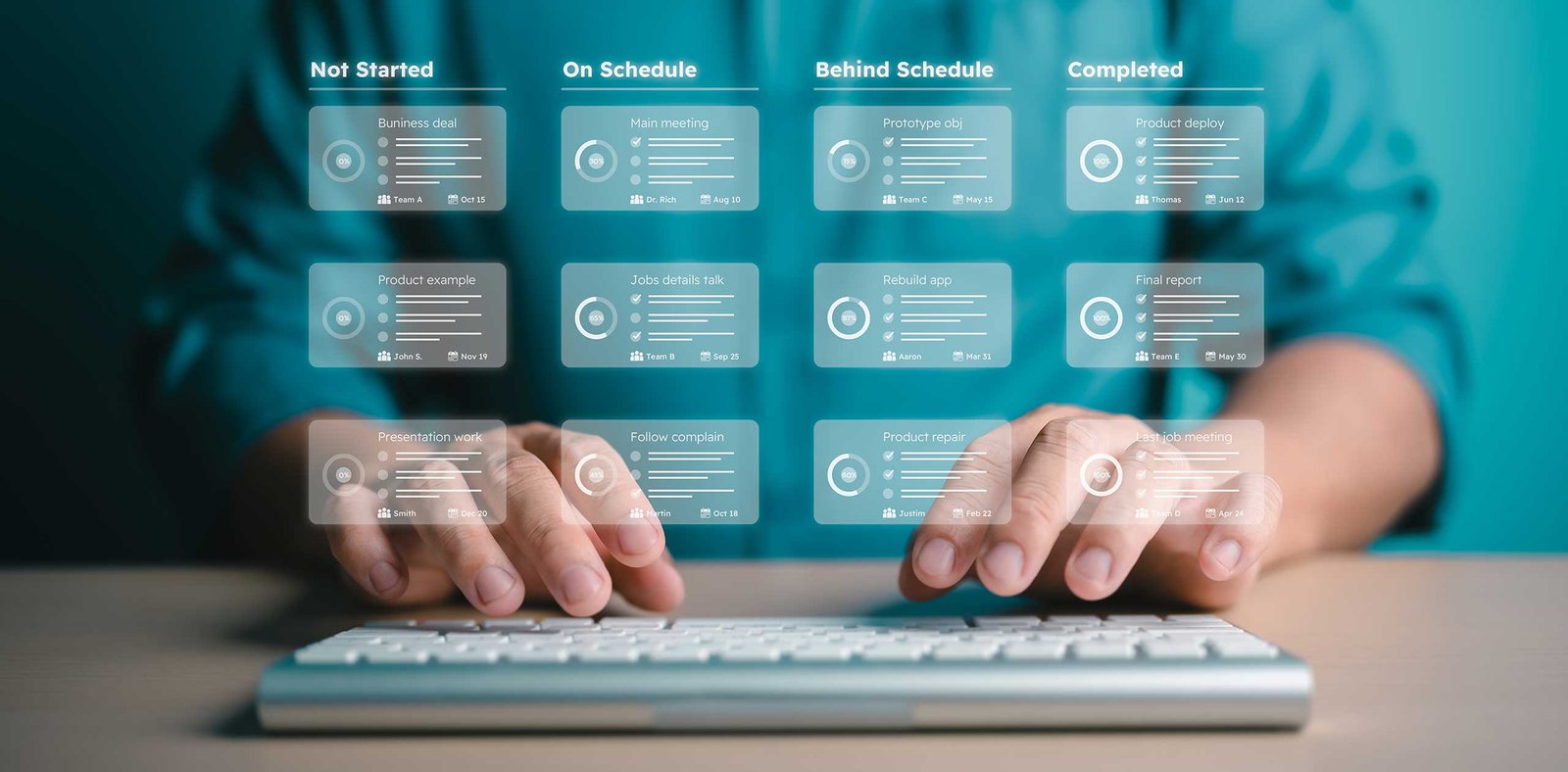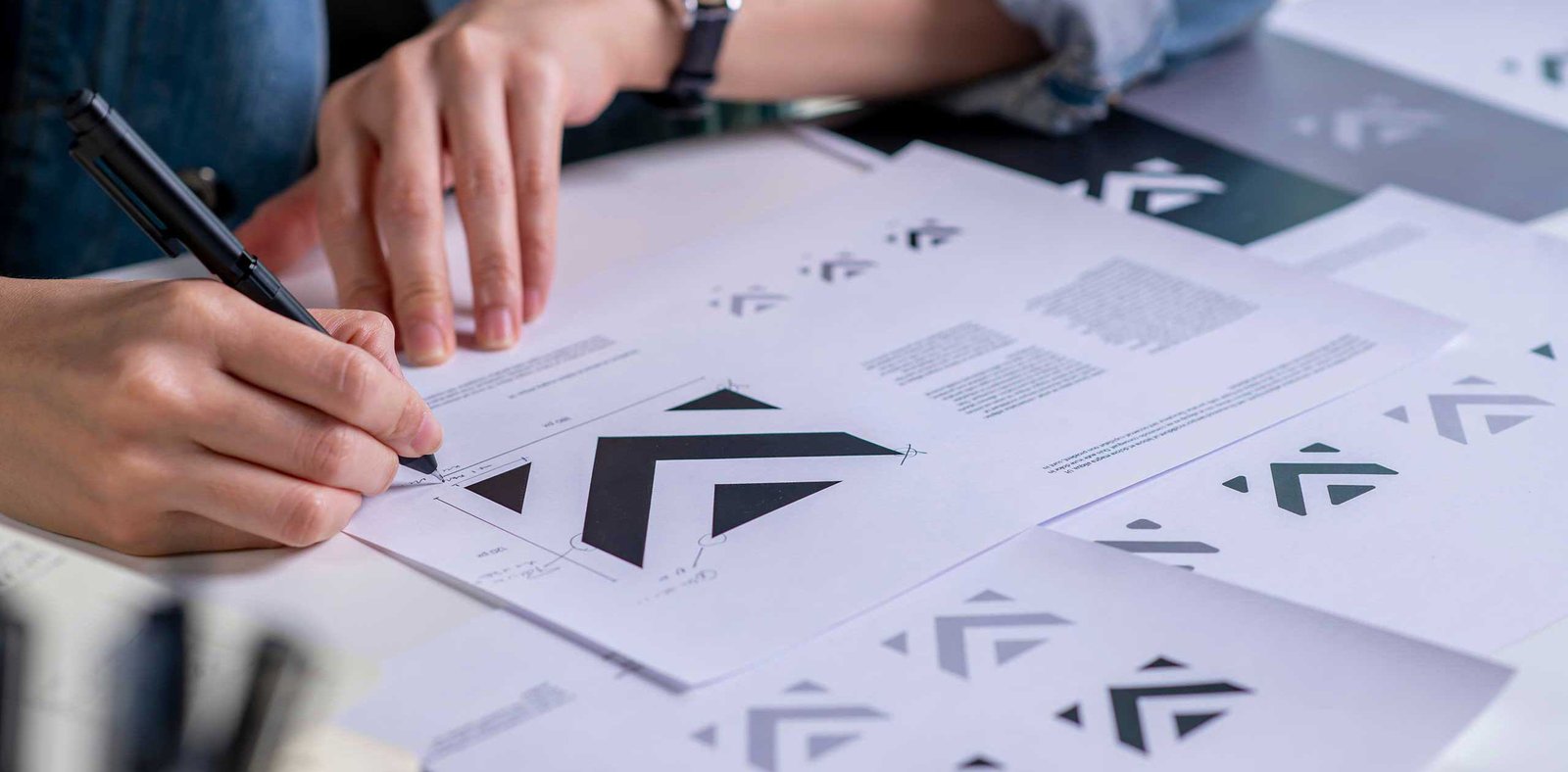[fusion_builder_container admin_label=”Content” type=”flex” hundred_percent=”no” hundred_percent_height=”no” hundred_percent_height_scroll=”no” align_content=”stretch” flex_align_items=”flex-start” flex_justify_content=”center” flex_wrap=”wrap” flex_column_spacing=”0px” hundred_percent_height_center_content=”yes” equal_height_columns=”no” container_tag=”div” hide_on_mobile=”small-visibility,medium-visibility,large-visibility” status=”published” margin_top=”0px” margin_bottom=”0px” padding_top=”0px” padding_right=”0px” padding_bottom=”0px” padding_left=”0px” border_sizes_top=”0px” border_sizes_right=”0px” border_sizes_bottom=”0px” border_sizes_left=”0px” border_style=”solid” border_radius_top_left=”0px” border_radius_top_right=”0px” border_radius_bottom_right=”0px” border_radius_bottom_left=”0px” box_shadow=”no” box_shadow_blur=”0″ box_shadow_spread=”0″ gradient_start_position=”0″ gradient_end_position=”100″ gradient_type=”linear” radial_direction=”center center” linear_angle=”180″ background_position=”center center” background_repeat=”no-repeat” fade=”no” background_parallax=”none” enable_mobile=”no” parallax_speed=”0.3″ background_blend_mode=”none” background_slider_skip_lazy_loading=”no” background_slider_loop=”yes” background_slider_pause_on_hover=”no” background_slider_slideshow_speed=”5000″ background_slider_animation=”fade” background_slider_direction=”up” background_slider_animation_speed=”800″ video_aspect_ratio=”16:9″ video_loop=”yes” video_mute=”yes” pattern_bg=”none” pattern_bg_style=”default” pattern_bg_opacity=”100″ pattern_bg_blend_mode=”normal” mask_bg=”none” mask_bg_style=”default” mask_bg_opacity=”100″ mask_bg_transform=”left” mask_bg_blend_mode=”normal” absolute=”off” absolute_devices=”small,medium,large” sticky=”off” sticky_devices=”small-visibility,medium-visibility,large-visibility” sticky_transition_offset=”0″ scroll_offset=”0″ animation_direction=”left” animation_speed=”0.3″ animation_delay=”0″ filter_hue=”0″ filter_saturation=”100″ filter_brightness=”100″ filter_contrast=”100″ filter_invert=”0″ filter_sepia=”0″ filter_opacity=”100″ filter_blur=”0″ filter_hue_hover=”0″ filter_saturation_hover=”100″ filter_brightness_hover=”100″ filter_contrast_hover=”100″ filter_invert_hover=”0″ filter_sepia_hover=”0″ filter_opacity_hover=”100″ filter_blur_hover=”0″][fusion_builder_row][fusion_builder_column type=”1_1″ layout=”1_1″ align_self=”auto” content_layout=”column” align_content=”flex-start” valign_content=”flex-start” content_wrap=”wrap” spacing=”yes” center_content=”no” column_tag=”div” target=”_self” hide_on_mobile=”small-visibility,medium-visibility,large-visibility” sticky_display=”normal,sticky” order_medium=”0″ order_small=”0″ spacing_left=”0px” spacing_right=”0px” margin_top=”0px” margin_bottom=”0px” padding_top=”0px” padding_right=”0px” padding_bottom=”0px” padding_left=”0px” hover_type=”none” border_sizes_top=”0px” border_sizes_right=”0px” border_sizes_bottom=”0px” border_sizes_left=”0px” border_style=”solid” border_radius_top_left=”0px” border_radius_top_right=”0px” border_radius_bottom_right=”0px” border_radius_bottom_left=”0px” box_shadow=”no” box_shadow_blur=”0″ box_shadow_spread=”0″ background_type=”single” gradient_start_position=”0″ gradient_end_position=”100″ gradient_type=”linear” radial_direction=”center center” linear_angle=”180″ lazy_load=”avada” background_position=”left top” background_repeat=”no-repeat” background_blend_mode=”none” background_slider_skip_lazy_loading=”no” background_slider_loop=”yes” background_slider_pause_on_hover=”no” background_slider_slideshow_speed=”5000″ background_slider_animation=”fade” background_slider_direction=”up” background_slider_animation_speed=”800″ sticky=”off” sticky_devices=”small-visibility,medium-visibility,large-visibility” absolute=”off” filter_type=”regular” filter_hover_element=”self” filter_hue_hover=”0″ filter_saturation_hover=”100″ filter_brightness_hover=”100″ filter_contrast_hover=”100″ filter_invert_hover=”0″ filter_sepia_hover=”0″ filter_opacity_hover=”100″ filter_blur_hover=”0″ filter_hue=”0″ filter_saturation=”100″ filter_brightness=”100″ filter_contrast=”100″ filter_invert=”0″ filter_sepia=”0″ filter_opacity=”100″ filter_blur=”0″ transform_type=”regular” transform_hover_element=”self” transform_scale_x_hover=”1″ transform_scale_y_hover=”1″ transform_translate_x_hover=”0″ transform_translate_y_hover=”0″ transform_rotate_hover=”0″ transform_skew_x_hover=”0″ transform_skew_y_hover=”0″ transform_scale_x=”1″ transform_scale_y=”1″ transform_translate_x=”0″ transform_translate_y=”0″ transform_rotate=”0″ transform_skew_x=”0″ transform_skew_y=”0″ transition_duration=”300″ transition_easing=”ease” motion_effects=”W10=” scroll_motion_devices=”small-visibility,medium-visibility,large-visibility” animation_direction=”left” animation_speed=”0.3″ animation_delay=”0″ last=”true” border_position=”all” first=”true”][fusion_text hide_on_mobile=”small-visibility,medium-visibility,large-visibility” sticky_display=”normal,sticky” class=”font_17″ animation_direction=”left” animation_speed=”0.3″ animation_delay=”0″]Projects can veer off track for various reasons—delays in feedback, unclear roles, changing expectations, and more. The good news? Knowing the common pitfalls can help prevent them. Here’s a look at the top 10 reasons projects often get sidetracked and some strategies to keep things running smoothly.[/fusion_text][fusion_title title_type=”text” marquee_direction=”left” marquee_speed=”15000″ rotation_effect=”bounceIn” display_time=”1200″ highlight_effect=”circle” loop_animation=”off” highlight_width=”9″ highlight_top_margin=”0″ title_link=”off” link_target=”_self” hide_on_mobile=”small-visibility,medium-visibility,large-visibility” sticky_display=”normal,sticky” class=”podkova font_20″ content_align=”left” size=”3″ fusion_font_family_title_font=”Podkova” fusion_font_variant_title_font=”800″ font_size=”20px” line_height=”1.2″ text_color=”var(–awb-color4)” text_shadow=”no” text_shadow_blur=”0″ text_stroke=”no” text_stroke_size=”1″ text_overflow=”none” margin_top_medium=”2px” margin_bottom_medium=”2px” margin_top_small=”2px” margin_bottom_small=”2px” margin_top=”2px” margin_bottom=”2px” gradient_font=”no” gradient_start_position=”0″ gradient_end_position=”100″ gradient_type=”linear” radial_direction=”center center” linear_angle=”180″ style_type=”none” animation_direction=”left” animation_speed=”0.3″ animation_delay=”0″]1. Long Feedback Cycles[/fusion_title][fusion_text hide_on_mobile=”small-visibility,medium-visibility,large-visibility” sticky_display=”normal,sticky” class=”font_17″ animation_direction=”left” animation_speed=”0.3″ animation_delay=”0″]When feedback takes too long, project momentum stalls and the team may be ready to move forward, but without timely approvals or input, progress slows down, deadlines get pushed, and frustration grows. Long feedback cycles are often due to a lack of clear timelines or having too many people involved in the review process.
- What You Can Do:
- Set specific deadlines for each round of feedback.
- Limit the number of reviewers to those essential for approval.
[/fusion_text][fusion_title title_type=”text” marquee_direction=”left” marquee_speed=”15000″ rotation_effect=”bounceIn” display_time=”1200″ highlight_effect=”circle” loop_animation=”off” highlight_width=”9″ highlight_top_margin=”0″ title_link=”off” link_target=”_self” hide_on_mobile=”small-visibility,medium-visibility,large-visibility” sticky_display=”normal,sticky” class=”podkova font_20″ content_align=”left” size=”3″ fusion_font_family_title_font=”Podkova” fusion_font_variant_title_font=”800″ font_size=”20px” line_height=”1.2″ text_color=”var(–awb-color4)” text_shadow=”no” text_shadow_blur=”0″ text_stroke=”no” text_stroke_size=”1″ text_overflow=”none” margin_top_medium=”2px” margin_bottom_medium=”2px” margin_top_small=”2px” margin_bottom_small=”2px” margin_top=”2px” margin_bottom=”2px” gradient_font=”no” gradient_start_position=”0″ gradient_end_position=”100″ gradient_type=”linear” radial_direction=”center center” linear_angle=”180″ style_type=”none” animation_direction=”left” animation_speed=”0.3″ animation_delay=”0″]2. Going MIA (Missing in Action)[/fusion_title][fusion_text hide_on_mobile=”small-visibility,medium-visibility,large-visibility” sticky_display=”normal,sticky” class=”font_17″ animation_direction=”left” animation_speed=”0.3″ animation_delay=”0″]
When key people go silent during essential stages, the entire project can halt. Team members may be left waiting on decisions or information, resulting in lost time and a rush to meet deadlines later. Unplanned absences create a domino effect.
- Establish backup contacts who can make decisions if the primary point of contact is unavailable.
- Agree on availability expectations from the start to avoid surprises.
[/fusion_text][fusion_title title_type=”text” marquee_direction=”left” marquee_speed=”15000″ rotation_effect=”bounceIn” display_time=”1200″ highlight_effect=”circle” loop_animation=”off” highlight_width=”9″ highlight_top_margin=”0″ title_link=”off” link_target=”_self” hide_on_mobile=”small-visibility,medium-visibility,large-visibility” sticky_display=”normal,sticky” class=”podkova font_20″ content_align=”left” size=”3″ fusion_font_family_title_font=”Podkova” fusion_font_variant_title_font=”800″ font_size=”20px” line_height=”1.2″ text_color=”var(–awb-color4)” text_shadow=”no” text_shadow_blur=”0″ text_stroke=”no” text_stroke_size=”1″ text_overflow=”none” margin_top_medium=”2px” margin_bottom_medium=”2px” margin_top_small=”2px” margin_bottom_small=”2px” margin_top=”2px” margin_bottom=”2px” gradient_font=”no” gradient_start_position=”0″ gradient_end_position=”100″ gradient_type=”linear” radial_direction=”center center” linear_angle=”180″ style_type=”none” animation_direction=”left” animation_speed=”0.3″ animation_delay=”0″]3. No Single Point of Contact[/fusion_title][fusion_text hide_on_mobile=”small-visibility,medium-visibility,large-visibility” sticky_display=”normal,sticky” class=”font_17″ animation_direction=”left” animation_speed=”0.3″ animation_delay=”0″]
When multiple people are responsible for providing input, projects can suffer from “too many cooks in the kitchen.” Without a single point of contact, communication gets tangled, instructions become unclear, and team members are left juggling conflicting directions.
- Designate one primary contact to handle all project feedback and decisions. This person serves as the go-between for the team and other stakeholders, ensuring consistent communication.
[/fusion_text][fusion_title title_type=”text” marquee_direction=”left” marquee_speed=”15000″ rotation_effect=”bounceIn” display_time=”1200″ highlight_effect=”circle” loop_animation=”off” highlight_width=”9″ highlight_top_margin=”0″ title_link=”off” link_target=”_self” hide_on_mobile=”small-visibility,medium-visibility,large-visibility” sticky_display=”normal,sticky” class=”podkova font_20″ content_align=”left” size=”3″ fusion_font_family_title_font=”Podkova” fusion_font_variant_title_font=”800″ font_size=”20px” line_height=”1.2″ text_color=”var(–awb-color4)” text_shadow=”no” text_shadow_blur=”0″ text_stroke=”no” text_stroke_size=”1″ text_overflow=”none” margin_top_medium=”2px” margin_bottom_medium=”2px” margin_top_small=”2px” margin_bottom_small=”2px” margin_top=”2px” margin_bottom=”2px” gradient_font=”no” gradient_start_position=”0″ gradient_end_position=”100″ gradient_type=”linear” radial_direction=”center center” linear_angle=”180″ style_type=”none” animation_direction=”left” animation_speed=”0.3″ animation_delay=”0″]4. Design by Committee[/fusion_title][fusion_text hide_on_mobile=”small-visibility,medium-visibility,large-visibility” sticky_display=”normal,sticky” class=”font_17″ animation_direction=”left” animation_speed=”0.3″ animation_delay=”0″]
While collaboration is great, too many voices can lead to a messy final product. “Design by committee” often means trying to please everyone, resulting in a diluted or confusing outcome. Every piece of feedback gets included, even if it doesn’t serve the project’s core goals.
- Keep the feedback group small and aligned, ensuring they share a clear vision for the project.
[/fusion_text][fusion_title title_type=”text” marquee_direction=”left” marquee_speed=”15000″ rotation_effect=”bounceIn” display_time=”1200″ highlight_effect=”circle” loop_animation=”off” highlight_width=”9″ highlight_top_margin=”0″ title_link=”off” link_target=”_self” hide_on_mobile=”small-visibility,medium-visibility,large-visibility” sticky_display=”normal,sticky” class=”podkova font_20″ content_align=”left” size=”3″ fusion_font_family_title_font=”Podkova” fusion_font_variant_title_font=”800″ font_size=”20px” line_height=”1.2″ text_color=”var(–awb-color4)” text_shadow=”no” text_shadow_blur=”0″ text_stroke=”no” text_stroke_size=”1″ text_overflow=”none” margin_top_medium=”2px” margin_bottom_medium=”2px” margin_top_small=”2px” margin_bottom_small=”2px” margin_top=”2px” margin_bottom=”2px” gradient_font=”no” gradient_start_position=”0″ gradient_end_position=”100″ gradient_type=”linear” radial_direction=”center center” linear_angle=”180″ style_type=”none” animation_direction=”left” animation_speed=”0.3″ animation_delay=”0″]5. Ignoring the Project Timeline[/fusion_title][fusion_text hide_on_mobile=”small-visibility,medium-visibility,large-visibility” sticky_display=”normal,sticky” class=”font_17″ animation_direction=”left” animation_speed=”0.3″ animation_delay=”0″]
Project timelines are there to ensure everything is completed on time. When team members don’t stick to the schedule, tasks pile up, leading to last-minute rushes that impact quality. Missed deadlines create bottlenecks and delay the next steps, affecting everyone down the line.
- How to Stay on Track:
- Set up regular check-ins to keep everyone aligned with the timeline.
- Emphasize how each delay affects the rest of the project so team members understand their part in the overall success.
[/fusion_text][fusion_title title_type=”text” marquee_direction=”left” marquee_speed=”15000″ rotation_effect=”bounceIn” display_time=”1200″ highlight_effect=”circle” loop_animation=”off” highlight_width=”9″ highlight_top_margin=”0″ title_link=”off” link_target=”_self” hide_on_mobile=”small-visibility,medium-visibility,large-visibility” sticky_display=”normal,sticky” class=”podkova font_20″ content_align=”left” size=”3″ fusion_font_family_title_font=”Podkova” fusion_font_variant_title_font=”800″ font_size=”20px” line_height=”1.2″ text_color=”var(–awb-color4)” text_shadow=”no” text_shadow_blur=”0″ text_stroke=”no” text_stroke_size=”1″ text_overflow=”none” margin_top_medium=”2px” margin_bottom_medium=”2px” margin_top_small=”2px” margin_bottom_small=”2px” margin_top=”2px” margin_bottom=”2px” gradient_font=”no” gradient_start_position=”0″ gradient_end_position=”100″ gradient_type=”linear” radial_direction=”center center” linear_angle=”180″ style_type=”none” animation_direction=”left” animation_speed=”0.3″ animation_delay=”0″]6. Vague or Generalized Feedback[/fusion_title][fusion_text hide_on_mobile=”small-visibility,medium-visibility,large-visibility” sticky_display=”normal,sticky” class=”font_17″ animation_direction=”left” animation_speed=”0.3″ animation_delay=”0″]
When feedback lacks detail, the team is left guessing what’s needed. Comments like “make it pop” or “it’s not quite right” aren’t specific enough, often resulting in multiple rounds of revisions as the team tries to figure out exactly what’s desired.
- Provide Specific Guidance:
- Use clear, actionable feedback with examples or references when possible to help the team make targeted adjustments.
[/fusion_text][fusion_title title_type=”text” marquee_direction=”left” marquee_speed=”15000″ rotation_effect=”bounceIn” display_time=”1200″ highlight_effect=”circle” loop_animation=”off” highlight_width=”9″ highlight_top_margin=”0″ title_link=”off” link_target=”_self” hide_on_mobile=”small-visibility,medium-visibility,large-visibility” sticky_display=”normal,sticky” class=”podkova font_20″ content_align=”left” size=”3″ fusion_font_family_title_font=”Podkova” fusion_font_variant_title_font=”800″ font_size=”20px” line_height=”1.2″ text_color=”var(–awb-color4)” text_shadow=”no” text_shadow_blur=”0″ text_stroke=”no” text_stroke_size=”1″ text_overflow=”none” margin_top_medium=”2px” margin_bottom_medium=”2px” margin_top_small=”2px” margin_bottom_small=”2px” margin_top=”2px” margin_bottom=”2px” gradient_font=”no” gradient_start_position=”0″ gradient_end_position=”100″ gradient_type=”linear” radial_direction=”center center” linear_angle=”180″ style_type=”none” animation_direction=”left” animation_speed=”0.3″ animation_delay=”0″]7. Scope Changes Mid-Project[/fusion_title][fusion_text hide_on_mobile=”small-visibility,medium-visibility,large-visibility” sticky_display=”normal,sticky” class=”font_17″ animation_direction=”left” animation_speed=”0.3″ animation_delay=”0″]
Scope change is one of the most common reasons projects go off track. Adding tasks, features, or objectives midway can easily derail timelines and budgets as the team tries to accommodate new requests without adjusting the schedule or resources.
- Evaluate the impact of new requests on the timeline and budget before committing.
- Stick to the agreed-upon scope as much as possible to maintain focus.
[/fusion_text][fusion_title title_type=”text” marquee_direction=”left” marquee_speed=”15000″ rotation_effect=”bounceIn” display_time=”1200″ highlight_effect=”circle” loop_animation=”off” highlight_width=”9″ highlight_top_margin=”0″ title_link=”off” link_target=”_self” hide_on_mobile=”small-visibility,medium-visibility,large-visibility” sticky_display=”normal,sticky” class=”podkova font_20″ content_align=”left” size=”3″ fusion_font_family_title_font=”Podkova” fusion_font_variant_title_font=”800″ font_size=”20px” line_height=”1.2″ text_color=”var(–awb-color4)” text_shadow=”no” text_shadow_blur=”0″ text_stroke=”no” text_stroke_size=”1″ text_overflow=”none” margin_top_medium=”2px” margin_bottom_medium=”2px” margin_top_small=”2px” margin_bottom_small=”2px” margin_top=”2px” margin_bottom=”2px” gradient_font=”no” gradient_start_position=”0″ gradient_end_position=”100″ gradient_type=”linear” radial_direction=”center center” linear_angle=”180″ style_type=”none” animation_direction=”left” animation_speed=”0.3″ animation_delay=”0″]8. Delays in Delivering Assets or Content[/fusion_title][fusion_text hide_on_mobile=”small-visibility,medium-visibility,large-visibility” sticky_display=”normal,sticky” class=”font_17″ animation_direction=”left” animation_speed=”0.3″ animation_delay=”0″]
When key assets, like graphics or content, aren’t delivered on time, the entire project can come to a standstill. Without these essential components, other tasks can’t move forward, creating bottlenecks that are difficult to recover from as deadlines approach.
- Prevent Delays:
- Identify all necessary assets early on and set clear deadlines for their delivery.
- Communicate the importance of these deadlines to avoid last-minute scrambles.
[/fusion_text][fusion_title title_type=”text” marquee_direction=”left” marquee_speed=”15000″ rotation_effect=”bounceIn” display_time=”1200″ highlight_effect=”circle” loop_animation=”off” highlight_width=”9″ highlight_top_margin=”0″ title_link=”off” link_target=”_self” hide_on_mobile=”small-visibility,medium-visibility,large-visibility” sticky_display=”normal,sticky” class=”podkova font_20″ content_align=”left” size=”3″ fusion_font_family_title_font=”Podkova” fusion_font_variant_title_font=”800″ font_size=”20px” line_height=”1.2″ text_color=”var(–awb-color4)” text_shadow=”no” text_shadow_blur=”0″ text_stroke=”no” text_stroke_size=”1″ text_overflow=”none” margin_top_medium=”2px” margin_bottom_medium=”2px” margin_top_small=”2px” margin_bottom_small=”2px” margin_top=”2px” margin_bottom=”2px” gradient_font=”no” gradient_start_position=”0″ gradient_end_position=”100″ gradient_type=”linear” radial_direction=”center center” linear_angle=”180″ style_type=”none” animation_direction=”left” animation_speed=”0.3″ animation_delay=”0″]9. Payment and Contract Delays[/fusion_title][fusion_text hide_on_mobile=”small-visibility,medium-visibility,large-visibility” sticky_display=”normal,sticky” class=”font_17″ animation_direction=”left” animation_speed=”0.3″ animation_delay=”0″]
Delays in contracts or payments can cause significant disruptions. Work may have to stop or slow down while waiting for approvals, affecting morale and the project timeline.
- Finalize contracts and payment terms at the start.
- Establish a payment schedule that allows the team to work without interruptions.
[/fusion_text][fusion_title title_type=”text” marquee_direction=”left” marquee_speed=”15000″ rotation_effect=”bounceIn” display_time=”1200″ highlight_effect=”circle” loop_animation=”off” highlight_width=”9″ highlight_top_margin=”0″ title_link=”off” link_target=”_self” hide_on_mobile=”small-visibility,medium-visibility,large-visibility” sticky_display=”normal,sticky” class=”podkova font_20″ content_align=”left” size=”3″ fusion_font_family_title_font=”Podkova” fusion_font_variant_title_font=”800″ font_size=”20px” line_height=”1.2″ text_color=”var(–awb-color4)” text_shadow=”no” text_shadow_blur=”0″ text_stroke=”no” text_stroke_size=”1″ text_overflow=”none” margin_top_medium=”2px” margin_bottom_medium=”2px” margin_top_small=”2px” margin_bottom_small=”2px” margin_top=”2px” margin_bottom=”2px” gradient_font=”no” gradient_start_position=”0″ gradient_end_position=”100″ gradient_type=”linear” radial_direction=”center center” linear_angle=”180″ style_type=”none” animation_direction=”left” animation_speed=”0.3″ animation_delay=”0″]10. Lack of Alignment Among Stakeholders[/fusion_title][fusion_text hide_on_mobile=”small-visibility,medium-visibility,large-visibility” sticky_display=”normal,sticky” class=”font_17″ animation_direction=”left” animation_speed=”0.3″ animation_delay=”0″]
When stakeholders aren’t on the same page, conflicting priorities and visions can emerge, leading to repeated revisions. A lack of alignment makes it difficult for the project to maintain a clear focus.
- Align Early and Often:
- Hold a project kickoff meeting to ensure everyone has a shared understanding of the goals.
- Schedule regular check-ins to maintain alignment and address any new concerns or priorities.
By understanding these common project pitfalls and implementing strategies to avoid them, teams can keep projects running smoothly, ensuring they are delivered on time, on budget, and with results everyone is proud of.
[/fusion_text][/fusion_builder_column][/fusion_builder_row][/fusion_builder_container]

